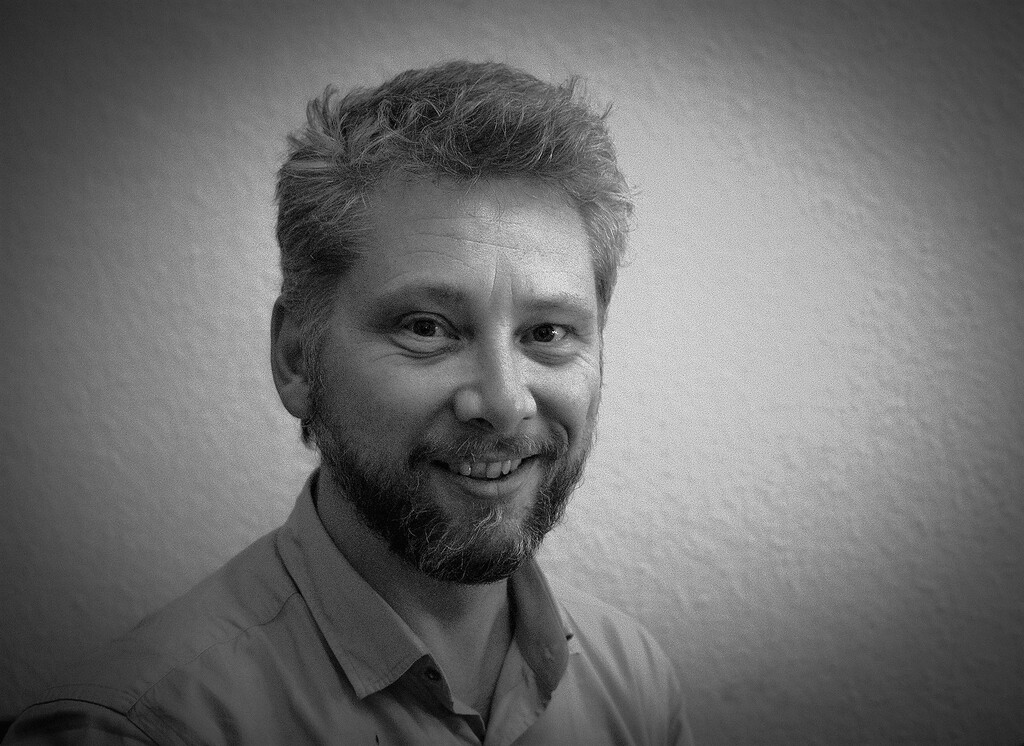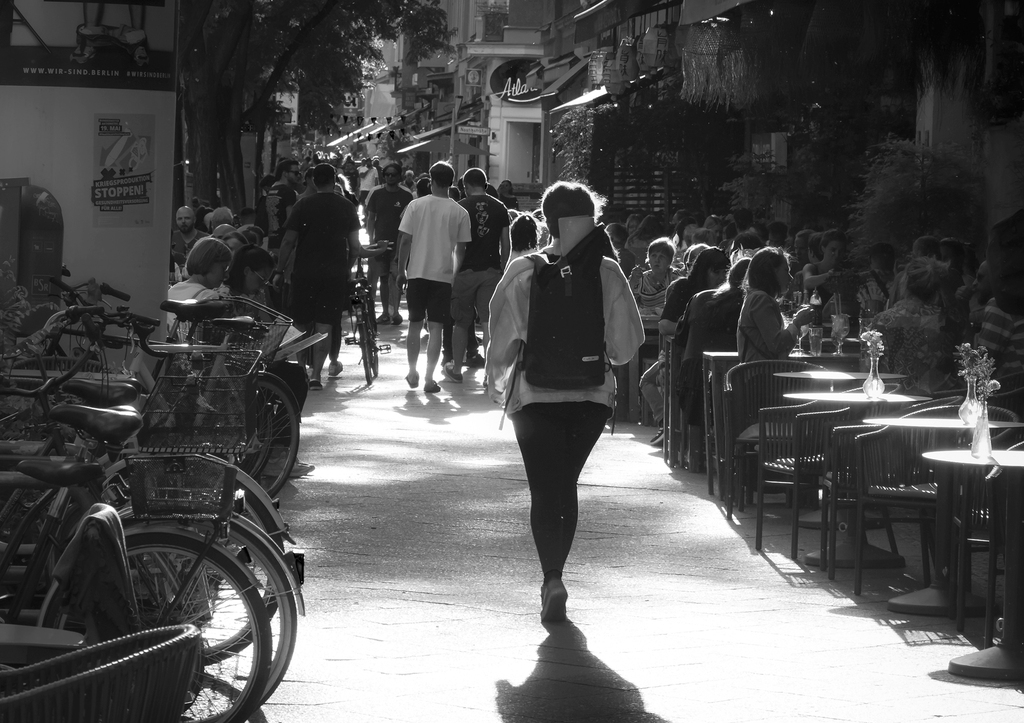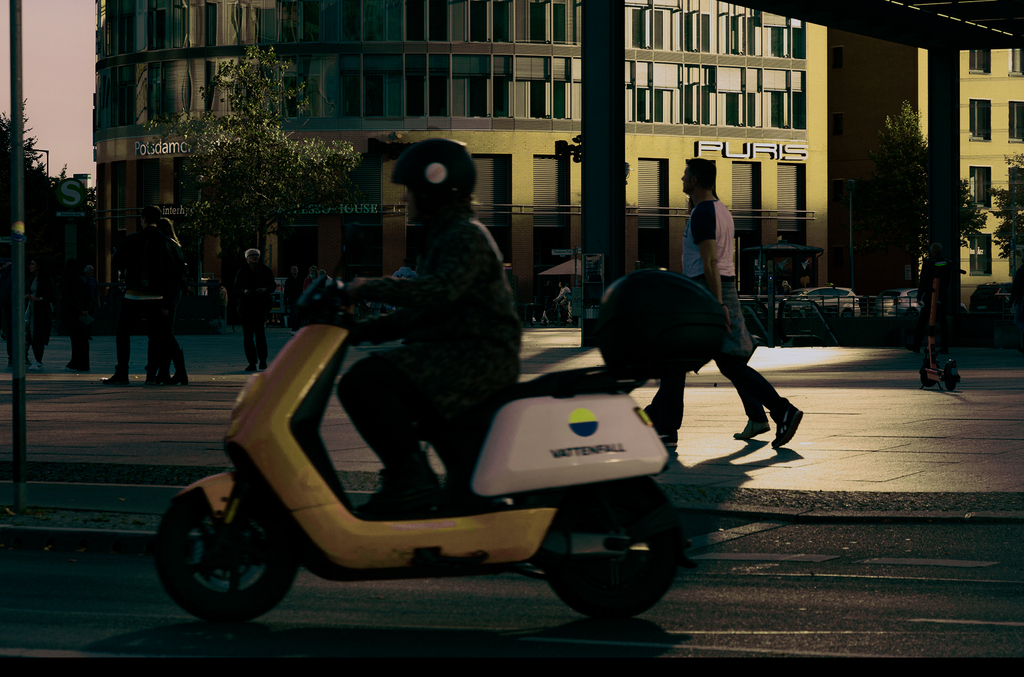Starting off as a beginner photographer is firstly about finding your inspiration. But don’t think I mean the wishy washy ideas of waiting for good ideas to turn up out of nowhere.
A beginning in photography requires that you put your mind to it, and show yourself that you are determined to make something good out of the new equipment that you have bought.
Most good photographers are open to everything for a photograph.A variety of topics and subjects in photography is just like in everyday life, we encounter many interesting things to talk about, as a photographer can find that many ideas are fun to photograph. Some of these things are more challenging, and we take up the challenge and discover that a topic is special to us. So we go deep.
It’s always your choice. So be honest with yourself.
Portrait photography is a not only great fun for the person you are photographing, it’s also full of possibilities for a beginner photographer to practice all types of posing situations, compositions, and the use of lighting set ups that will create different effects in the final photograph.
Get a Decent Camera if You are Serious
Many beginner photographers started with a smartphone camera, then realised that they love taking photos. So, the got serious enough to start looking at decent camera equipment to invest in.
I use Canon Cameras, and can recommend them as good, solid tools for anybody who wants to take great photos. Canon is also high quality, professional, and because they make great cameras all round, you can start with a full-frame, or go for a crop-sensor camera and still be highly satisfied with the ongoing results.
I own a Canon Rebel, crop sensor at 25 mega-pixels. I love it, and wouldn’t want to part with it. It’s perfect for me when I’m just bouncing around town doing street photography with a 35 mm lens, or my 17-55 mm Sigma lens.
I also have a full-frame Canon. The 5D Mark II, which does a brilliant job of producing some of the loveliest and smoothest looking photos. The quality is special. The lens makes a difference, but with a canon 24 mm – 105 mm lens attached, I can just about meet any situation and be ready to get the shot I want.
As a beginner photographer, you should at least have a good camera and your first decent lens that is flexible enough to use as an all around quality lens.
The 18 – 55 mm, for the crop sensor cameras, is perfect. At a lowish price, but great quality. Don’t let anybody convince you otherwise about this beginner lens. It does a great job.
The quality of a lens is in its glass, and its build. These days, many lens makers use a lot of plastic to keep the lens light. Photographers end up carrying a lot of equipment at times, and are thankful for the lightweight lenses and camera bodies.
In spite of that, solid build is a sign of quality in any situation. I own Sigma lenses which are built with metal housing, minimal plastic parts, and top quality glass. I’m sure I’m not going too far when I say that the quality of glass, and it’s reputation with Sigma, is no exaggeration; you see it in the finished photo. I love those Sigma lenses, and I don’t find the weight of a small metal lens to be a hindrance in any way. It helps with balance and steadiness when shoot photos.
A great all round lens for a beginner photographer, top quality, and very versatile in many situations, is the Canon 24 mm – 105 mm. You can use it for portraits, for street photography, architecture, and food photography.
Learn to Compose Your Photos


Composition, and understanding what makes a good photograph, takes time and patience. But, as soon as you get serious and start taking thoughtful shots, you’ll start thinking and seeing how composition in photography works.
It’s important to learn from the masters. Read books and look at the photos of photographers that you admire. Also, look at photos of celebrated photographers that don’t “speak” to you.
Trying to understand why a photographer does good work, regardless of liking them or not, and getting behind the principles of good composition, lighting, and other aspects of photography will make a good beginner photographer even better, more quickly.
Patience is important. You can’t become great in four weeks. Even if you take photos every day. The photos that a beginner takes today are stepping stones to greatness. The photos that you look at in six months will show the enormous progress that you’ve made.
Progress comes from taking your work seriously. Your ability to compose a shot is personal, it’s part of what makes your photography different from other photographer’s work.
It’s your work, and it should be judged by your own honesty. So, be honest with yourself and that will help you to see what needs improvement.
That’s really important. If you can use your honest, constructive self criticism to help yourself improve, you will begin to notice the difference between a good shot, and badly composed shot.
Photographers use their eyes to judge a situation.
The eyes and the brain can be taught to work harmoniously together.
So, knowledge of the technical side of photography, lighting, depth of field, framing a subject within the composition, and knowing the equipment that you’re using, gives you a base of ideas that can be improved upon with each shot.
An example is composition and framing. This is an idea that makes for strong photographs, but is seldom explained.

The composition is the whole photo within the frame of, say 35 mm, the framing in the shot is the point of interest that you as photographer choose to accentuate as a focal point.
When people look at your photos, they will be naturally drawn to the area of the photo that you found most important.
We have been spoilt with fantastic equipment since digital photography got its game together. This means that there are a lot of beginner photographers out there who get stuck on how cool their lens is, or how powerful their sensor is, so they work only with those two things; they end up taking photos without composition, without real framing, and just get the lens to nail a focal point that creates a boque of swirly stuff in the background, and lets us see that they took a photo of a person smiling.
There’s so much more to learn as beginner photographer than how to get boque/ blurriness in the background.
The sensor allows us to take photos in low light, the lens contributes to this also. When a sensor is lower quality, such as 4 mega pixels, then there is always a limit to what you can photograph without ending up with noise in the photo.
Low light and the ISO turned up too high will almost guarantee a noisy photo in when the lens and the camera sensor are too small, and the glass isn’t up to scratch.

Learn to use manual Settings on Your Camera
If you want to take photos, even as a beginner, and make them pop, shine, and look really impressive, learn to use the manual settings on the camera. Automatic is for people on holiday.
As a beginner photographer, if you use automatic settings, then do so that you learn from the camera. Take a shot in automatic, and if it turns out looking good, study the settings that the automatic-camera settings decided on. Then ask yourself how the photo could be improved, and try to adjust shutter speed, or f stop slightly for a different and better photo. Remember, your photos are personal expressions of what you see, and you want to develop a sense of control over how things turn out. Learn to use the manual settings.
It doesn’t take long to get the hang of manual settings on your camera. And after you do, you’ll never go back. The camera doesn’t know what you want, and it doesn’t know that there are many permutations of light and framing, that could make the shot so much better.
Beginning to take photos with a really good camera is a great experience that could open up a whole new way of life for you. Don’t allow an automated process to take that away from you.
When you see something interesting to photograph, and you have to make all the decisions for yourself, it can be exhilarating to set up the shutter, the f stop, the ISO, and frame, then shoot the subject. The feeling of hope that it’ll turn out right is fantastic – like a drug. Or riding a motorcycle at high speed.
Read about Photography and How to Use the Equipment
Get a couple of good books on photography for beginners, read websites, and join in on a forum such as Reddit to interact with other photographers. Get involved. The photography community online is big and friendly, so don’t be shy.
You learn mostly by trying different types of photography. You can practise at home with still life, food photography, portraiting family members including your pets. There is no end to the ideas to shooting photos.
Some people get so deep, they set up a corner especially for photography. I like the idea of setting up a table that I can use to create scenarios with small figures bought from a modelling shop. Creating a street scene, a couple of houses, small people who look realistic, and then experiment with the lighting to see if I can recreate a street shot from models.
Photography is about learning to see things in certain scenarios of light. Natural light, or artificial light.
Study objects, and how the light brings out textures and colours, how the light blows colours out and makes them appear faded, or “weak”. Everything is interesting. Only people are boring, so use any method you can to find inspiration on a dull day. Read about photographers, go on the net and look at great street photos, or portrait photography.
Do look up the painters and study what they did with light. You can learn so much from studying photos of paintings, street scenes, portraits and still life compositions. As beginning photographers, we have so much information and potential knowledge at our finger tips – use it, and learn to take your first photos with this knowledge.
In time, you’ll develop. Your ideas mature, and you’ll start to take some photos that you’ll be proud of.
More articles from Berlin Notes | Seeing Life Through the Lens of a Camera
Leave a Reply
You must be logged in to post a comment.